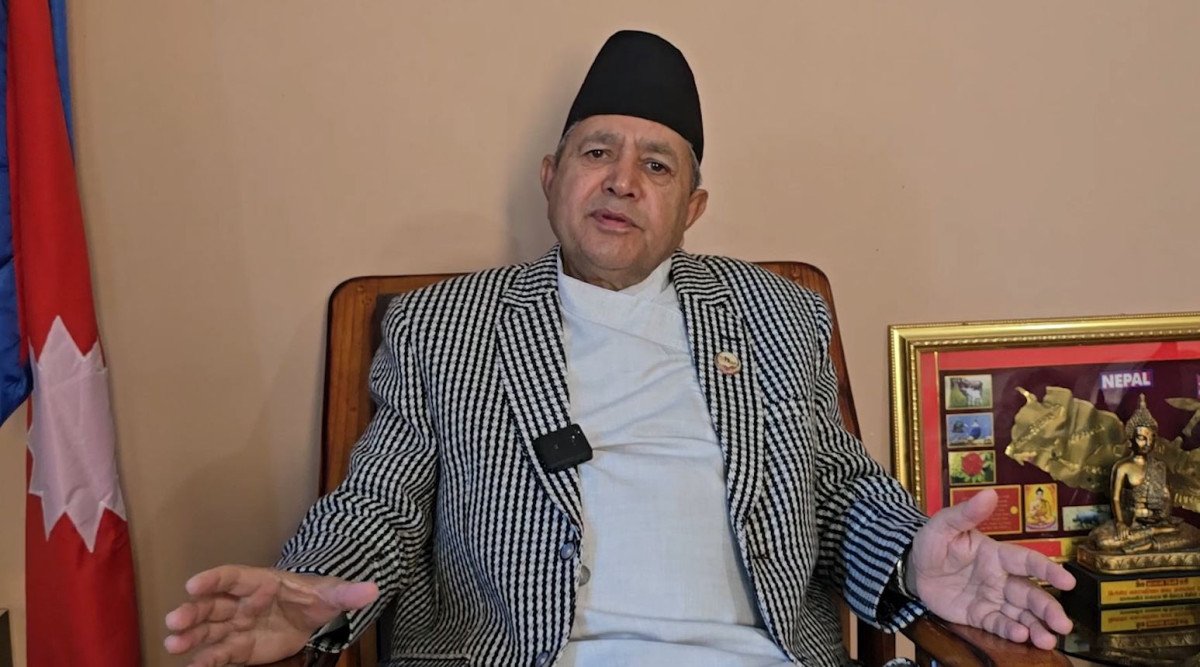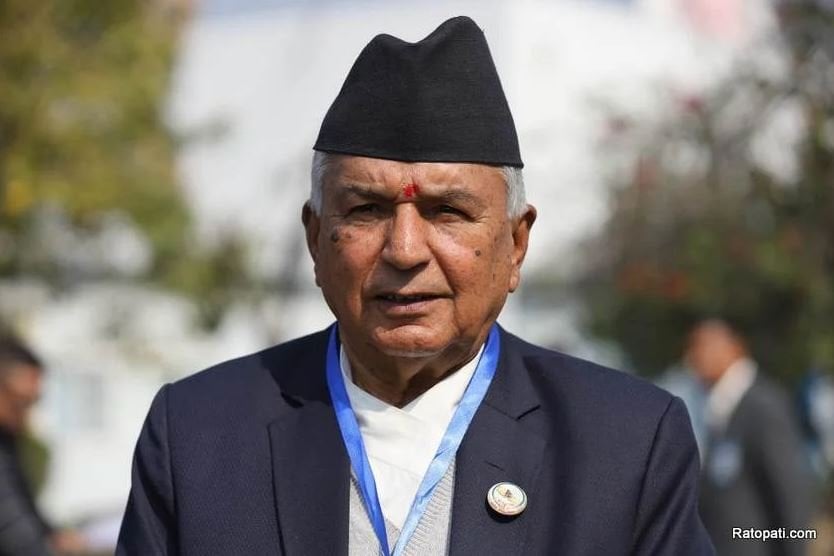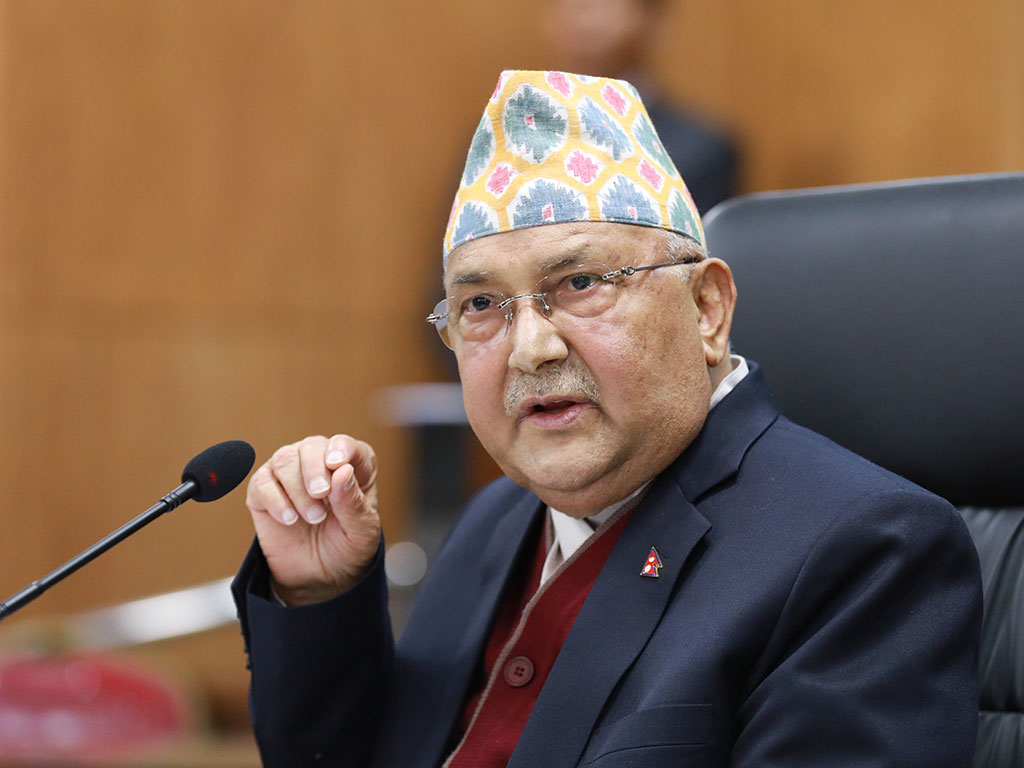Kulekhani reservoir reaches filling stage; downstream residents urged to remain alert

Hetauda, September 27 — The Kulekhani Reservoir has reached its filling stage following recent rainfall. The rain, which began on Thursday, is filling Nepal's largest artificial lake.
The water catchment areas include Daman, Palung, Bajrabarahi, Chitlang, and parts of Indrasarobar Rural Municipality in Makawanpur. With ongoing rainfall, water levels are rising.
Currently, the water level at the Kulekhani Dam is measured at 1,526.66 meters. The reservoir, which is 300 meters wide and 7 kilometers long, has a storage capacity of up to 1,530 meters above sea level. By 5 PM on Friday, the water level was recorded at 1,525 meters, according to Taradatta Bhatta, the head of the Kulekhani Hydroelectric Project.
He noted that the reservoir is filling at a rate of 1 meter every 3 hours. If the current rainfall continues, the reservoir could fill within 7 to 8 hours. He added that once the reservoir reaches full capacity, it will overflow automatically, and the dam gates will only be opened if there is a risk.
Bhatta urged residents in the riverbank areas of Bhimphedi, Indrasarobar, and Bagmati rural municipalities to remain vigilant due to the rising water levels. He has communicated with local authorities, the Makawanpur District Administration Office, and the District Disaster Management Committee regarding the situation. Residents have been advised to stay alert as the water from the reservoir flows through Kulekhani Khola into Bagmati Khola.
Electricity production resumes to mitigate risks
The Nepal Electricity Authority has stated that due to excess electricity production in the country, the Kulekhani project does not need to operate regularly. Consequently, the reservoir's water has not been utilized. Power production from Kulekhani had been halted for the past three days; previously, it was generating 700 megawatts of electricity. To reduce risks, the Kulekhani I project has been brought back online.
The reservoir can be used up to an elevation of 1,484 meters, with only 46 meters of the collected water utilized for electricity generation. Three projects operate from the Kulekhani reservoir, generating a total of 106 megawatts—60 megawatts from the first project, 32 megawatts from the second, and 14 megawatts from the third.
According to Tirtharaj Chilwal, the Chief District Officer of Makwanpur, electricity production has resumed to mitigate risks as the reservoir fills. He confirmed that Kulekhani I is now operating at full capacity. Electricity generation has been adjusted to prioritize Kulekhani, and production will continue until the reservoir's water is discharged.
Security agencies have been put on alert in high-risk areas, and arrangements for public announcements have been made to keep citizens informed. Awareness efforts are ongoing in coordination with local authorities.










Leave Comment